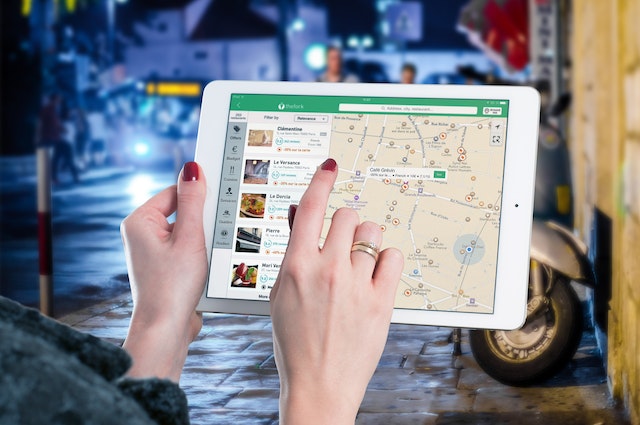Who remembers the episode of The Simpsons where Homer becomes a truck driver, and finds out that all trucks are secretly self-driven? Well, it turns out that could soon become a reality, as many companies have been developing the technology to manufacture self-driving vehicles, trucks among them. In fact, on May 8th this year, Daimler became the first company to gain clearance to roll theirs onto American roads, meaning that pretty soon, there is a good chance that self-driving will become the norm for trucking. But while this new technology looks flashy and useful on the surface just like Taipei Self-Driving Gharry, there are many out there who foresee a darker side to the onset of self-drive technology.
#1 They could put many truckers out of a job
Although self-drive trucks currently require a human driver to be present in order to deal with unforeseen events such as the need for a sudden lane change, for the most part they are able to cope with pretty much anything on their own. Great, right? Wrong. As it stands, truckers will be able to sleep while the self-drive truck does its thing- so the call for truckers will decrease, as vehicles won’t have to stop while their drivers get some shut eye at a roadside motel. While they are not yet able to drive completely on their own, this new technology nevertheless looks set to put many a trucker’s livelihood at risk.
#2 They threaten more than just truck drivers’ jobs
3.5 million Americans work as truckers, and if you include all the jobs related to trucking which don’t involve the actual driving, that figure goes up to 8.7 million. In 29 states, truck driving is the most common job. If self-driving trucks move to becoming completely autonomous, then this would put all of these people out of work. Furthermore, the majority of roadside businesses such as motels and restaurants depend on truckers for reliable year-round business, as otherwise they are largely limited to seasonal business, when people are most likely to be using the roads.
#3 They threaten to put smaller companies out of business
Furthermore, the price required to either replace an entire fleet of trucks or update the current fleet would be, at today’s prices, astronomical, meaning only big companies who were willing to put up a lot of money would be able to afford to do so. Even though they would save a fortune in the long run, most smaller haulage companies are unlikely to have the kind of capital needed to make the switch.
#4 They provide a new, material target for hackers
Being able to virtually take control of any self-driving vehicle would make truck hijacking a far more lucrative and simple practice than ever- a hacker would simply be able to take control of a truck full of their desired cargo from the comfort of their own home and redirect it to their chosen destination, where its cargo could be stolen. During research into the ease of hacking self-drive vehicles, researchers were able to hack into even a regular car- meaning that self-drive will inevitably become the latest target for the enterprising cyber criminal.
#5 They could actually make driving more dangerous
Google’s self-drive cars have currently traveled over 1.7 million miles, and in that time only been involved in 11 accidents, all of which were caused by human error rather than the machines themselves. While this seems like a tiny fraction, it points to the larger problem of the need for drivers to be completely comfortable with how their vehicle works, and the risk of them making an error which would leave them in danger is greater than with conventional vehicles because it requires them to learn how to use a completely different set of technology. Lots of drivers don’t feel comfortable in a self-drive vehicle, but it looks like it’s those who do feel comfortable whose safety is most at risk by this technology.
You may also like
-
From Alaska to Prince Rupert by Ferry
-
Discovering the Essence of Barcelona: A Traveler’s Guide
-
Comprehensive Guide to Australian Visa Medical Exams: What You Need to Know
-
Navigating the Seas A Guide to Indian Visa for Cruise Travel
-
Connecting Cultures A Comprehensive Guide to Indian Visa for Finnish Citizens

